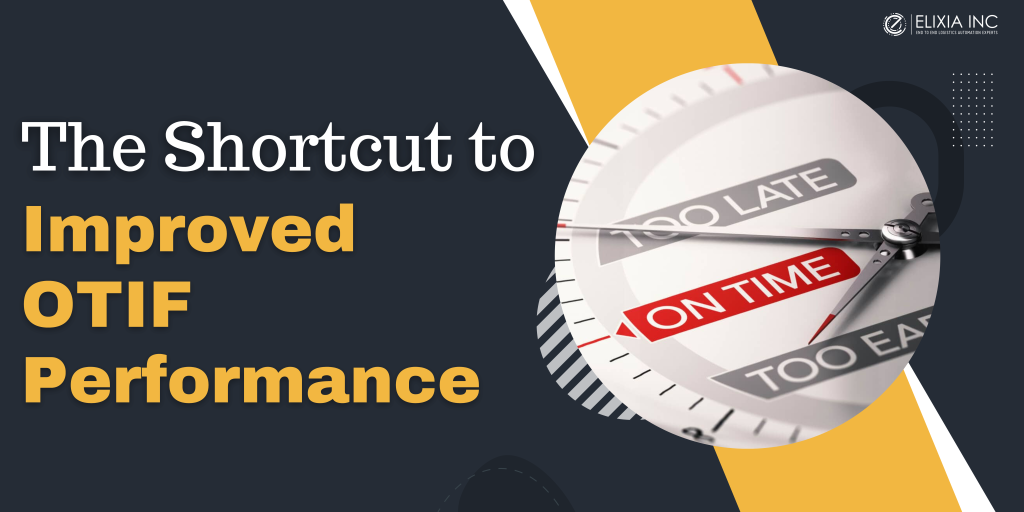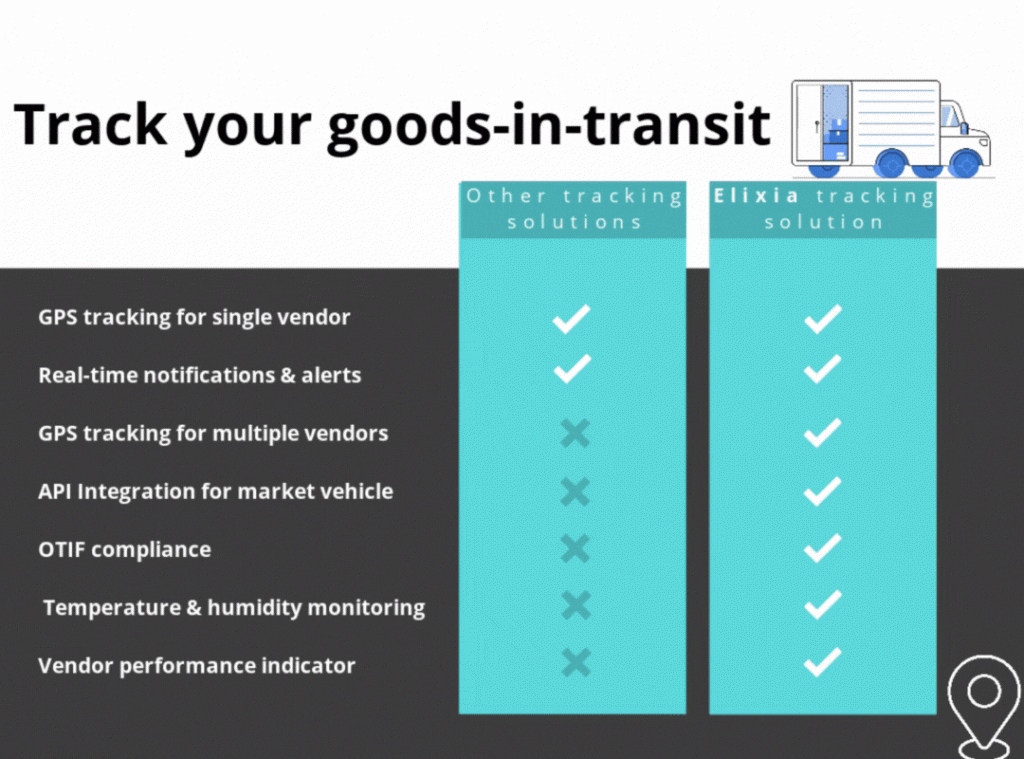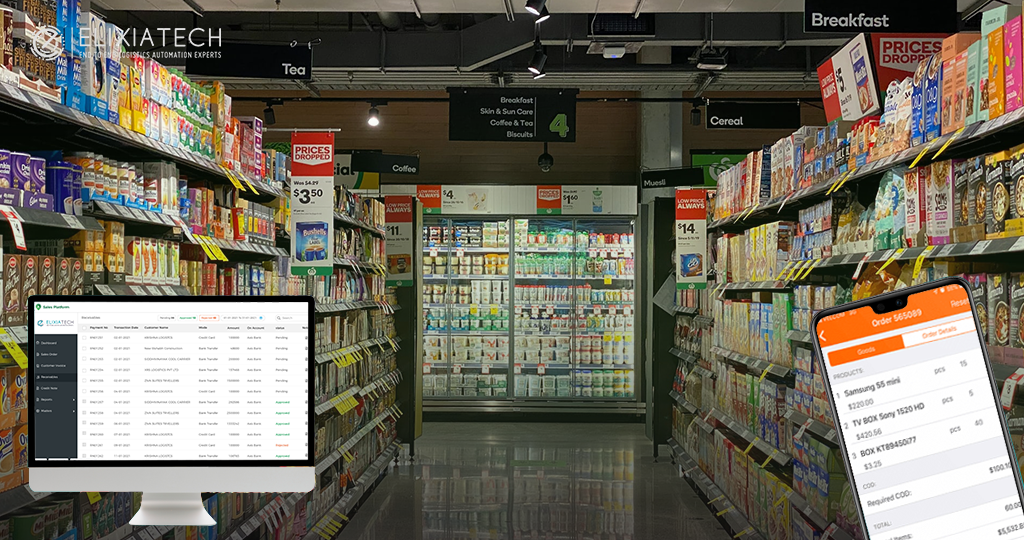
The Shortcut to Improved OTIF Performance: Reducing Lead Times
In an era where customers demand nothing less than seamless experiences coupled with efficient operations, OTIF (On-Time-In-Full) deliveries have emerged as the bedrock of customer satisfaction and business success. Research shows that 68% of consumers are willing to pay more for products and services from brands with excellent customer service. Inconsistent on-time delivery leads to negative customer experiences. To enhance OTIF performance, consider reducing lead times. By streamlining product movement in the supply chain, you increase the likelihood of meeting delivery commitments. This guide will explore the importance of lead time reduction and offer tips for implementing this approach to boost your OTIF performance.
 Understanding OTIF Performance
Understanding OTIF Performance
In today’s competitive business landscape, the significance of OTIF performance cannot be overstated. It serves as a vital metric to evaluate the efficiency and effectiveness of supply chain operations. OTIF measures the percentage of orders delivered on time and in full, ensuring the correct quantity of products reaches customers by the agreed-upon delivery date. High OTIF performance is essential for customer satisfaction, retention, and maintaining a competitive advantage. Additionally, it leads to lower operational costs by minimizing delays, errors, and costly rerouting efforts.
The Importance of Lead Times in OTIF Performance
Shorter lead times play a crucial role in achieving high OTIF performance and are of significant importance for businesses. Lead time refers to the duration it takes for a product to move through the supply chain, from order placement to delivery. By reducing lead times, businesses ensure timely and adequate product delivery, enhancing their OTIF performance. Shorter lead times offer advantages like improved planning, coordination, and reduced risk of delays or stockouts. Moreover, they enhance business flexibility in responding to changing customer demands and market conditions, leading to increased agility and competitiveness. Understanding and optimizing lead times are vital for businesses seeking to improve OTIF performance and meet customer expectations.
Identifying Areas for Lead Time Reduction
Businesses must first identify the areas in their supply chain where lead time reduction is possible. By identifying and addressing these areas, they can take essential steps to meet customer expectations and improve overall efficiency.
 Supply Chain Mapping:
Supply Chain Mapping:
Begin by mapping out the entire supply chain, from the point of order placement to product delivery. This will help you visualize the flow of materials and processes involved, allowing you to identify potential bottlenecks and areas where lead times could be reduced.
Use data analysis to identify areas of inefficiency:
Utilize data analysis to identify operational inefficiencies. Analyzing process-related data reveals patterns and trends contributing to longer lead times. Develop targeted strategies to address these inefficiencies and reduce lead time.
 Inventory Management:
Inventory Management:
Effective inventory management is vital for lead time reduction. Optimize inventory levels to meet customer demand without excess or shortages, minimizing delays in production and delivery.
 Transportation efficiency:
Transportation efficiency:
Consider implementing strategies such as route optimization, where you plan the most efficient routes for your deliveries to minimize travel time and fuel consumption. Additionally, using technology such as GPS tracking can help you monitor and manage your transportation operations in real-time, allowing you to quickly identify and address any issues or delays.
 Utilize technology and automation to speed up processes:
Utilize technology and automation to speed up processes:
One effective technique for identifying areas where lead time can be reduced is by utilizing technology and automation. Implementing software and tools that automate repetitive tasks can help streamline your processes and save time. By leveraging technology and automation, you can speed up your processes and eliminate unnecessary delays.
Monitoring and Measuring the Impact of Lead Time Reductions on OTIF Performance
Once you have implemented strategies to reduce lead times, it is important to monitor and measure the impact on your OTIF performance. This will allow you to assess the effectiveness of your efforts and make any necessary adjustments. By continuously monitoring and measuring the impact of lead time reductions, you can ensure that your efforts are driving the desired results and continuously improving your OTIF performance.
Tracking key performance indicators (KPIs):
By monitoring metrics such as on-time delivery rate, order fill rate, and customer satisfaction, businesses can gain valuable insights into the impact of lead time reductions. These KPIs provide a clear picture of how well the organization is meeting customer expectations and delivering products on time and in full. Additionally, it is important to establish clear goals and benchmarks for improvement. This can monitor progress and make data-driven decisions to optimize your OTIF performance.
Analyze data and identify areas for improvement:
Once you have implemented a system for tracking and measuring lead time reductions, it is crucial to regularly analyze the data and adeptly identify areas for improvement. This can be done by comparing your KPIs to your established goals and benchmarks. Look for any trends or patterns in the data that may indicate areas where lead time reductions are not having the desired impact on OTIF performance. By analyzing the data, you can make informed decisions and adjustments to optimize your OTIF performance.
 Elixia’s Tracking platform to improve OTIF
Elixia’s Tracking platform to improve OTIF
Elixia Tracking Solution provides you end-to-end visibility of your products until the time it reaches the customers. This solution provides real-time visibility of shipments as well as generates predictive signals in case of any deviations. Our recent launch of the Vendor Performance module helps you weed out non-performing vendors. All this put together will definitely help in improving the OTIF parameters of your deliveries.
To know more about the product, reach out to us at sales@elixiamail.com or request a demo here.





